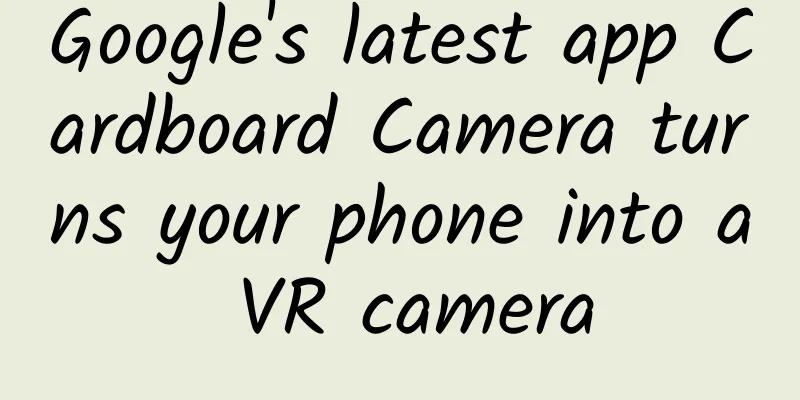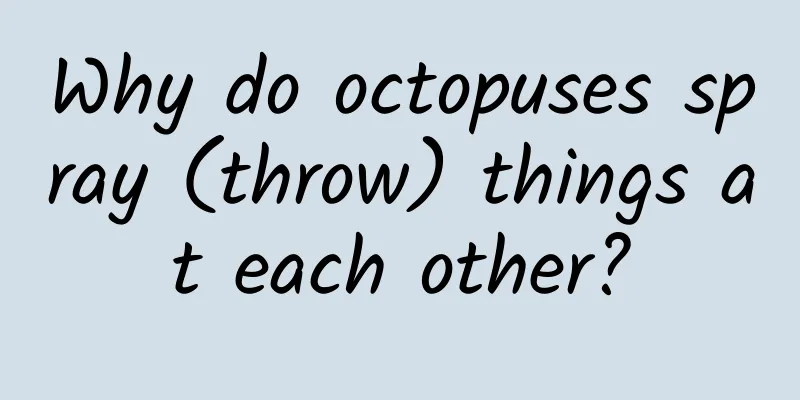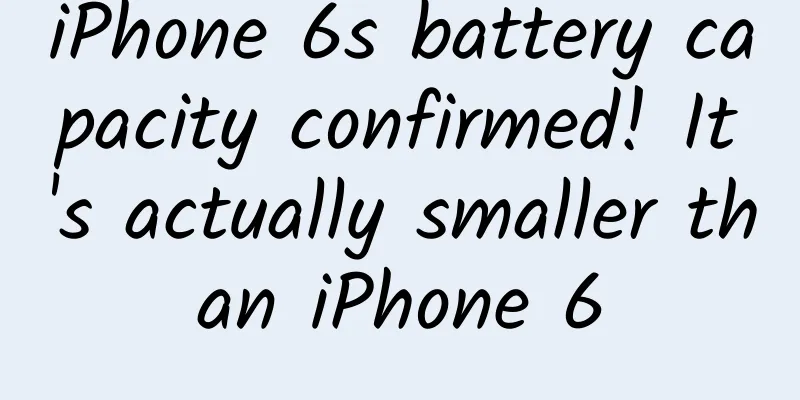Google's latest app Cardboard Camera turns your phone into a VR camera

|
Although Samsung Gear VR has been very popular recently, Google Cardboard VR is still the easiest and most convenient way to enjoy virtual reality. With just a piece of cardboard, a Velcro strap, two lenses and an Android smartphone, you can immediately explore Mars or be in a Beatles concert. But here comes the important question, how to make VR videos cheaply? Usually you need to spend a lot of money to buy a monster GoPro360 composed of multiple GoPro cameras, or other more expensive products. For the future of VR, Google has launched a new VR camera application that can easily turn your ordinary smartphone into a virtual camera. The app is called Cardboard Camera, and it is limited to Android phones. It can take 360-degree photos. Just click the camera button to capture a circular panoramic photo. Just put these photos into the Cardboard app and they can be transformed into magical VR photos. The pictures will immediately become three-dimensional images, and you can observe the scenery in the photos up close. What's more, you can also choose to record the surrounding sounds. When you open the photos, these sounds will give you an immersive feeling. Users who have tried this application so far have been deeply shocked by the 360-degree 3D images. Taking a VR photo is as simple as taking a normal photo. Just tap the camera button and move the camera slowly according to the arrows. After that, you can view the photo in three dimensions through the cardboard application. In the existing samples, using the VR photos taken by Google employees on Mount Kilimanjaro, you can feel its magnificence and hear the sound of the wind in just a few seconds. Google product managers said that this application converts these panoramic photos into 3D mode using the same computing software and stitching technology as Google's Jump VR platform. However, there will be some slight deviations at the beginning and end of the panoramic photo, but Google product managers said that the R&D team is looking for ways to improve this defect and make it look smoother and cleaner. Frankly speaking, the quality of the photo also depends on the object being photographed. If it is a moving object, the chance of jagged edges will increase. Almost all Android smartphones can use this application. It is available for download in the Google Store starting today and supports 17 languages.
|
<<: Farewell, FLASH! You and I have walked through the era
>>: Swift 3 API Design Guidelines
Recommend
Traffic 2.0 era: How do operators manage data traffic?
1. China Telecom’s “Flow Treasure” and China Unic...
Japanese media releases global ranking of autonomous driving patent competitiveness: no Chinese companies among the top 50
Waymo has jumped to the top of the patent competi...
Electronic cigarettes are not real tobacco, so they are healthier? Rumors on the October Science Rumors List
1. Soy sauce should not contain food additives Ru...
Kuaishou information flow advertising marketing method!
A detailed introduction to Kuaishou's informa...
Insomniacs can't fall asleep, so they keep taking sleeping pills? The love-hate relationship between insomniacs and sleeping pills
Author: Jiang Molin Beijing Hospital of Tradition...
U.S. senators call for U.S. to reject Oracle's deal with TikTok
[[342139]] This article is reproduced from Leipho...
Ubuntu Touch wants to make a comeback: new technology can run Android apps
I don't know if you still remember the Ubuntu...
3 tips to tell you why your advertising is not effective!
This is an era of information bombardment, and al...
German authorities demand recall of 60,000 Audis as emissions scandal spreads
According to a report by Russian Satellite Networ...
How to increase the number of likes on Tik Tok? How to increase the number of likes on Douyin?
There are many popular videos on Douyin with very...
Major live streaming sales events in the first half of 2020
2020 can be said to be the year when live streami...
Air ticket blind box event operation routine!
As the trend of "everything is a blind box&q...
Nuclear contaminated water is discharged into the sea. Can rivers, lakes and reservoirs be spared?
recent, There have been many discussions recently...
Is the virtual operator behind the 170 failure supported by a “stepmother”?
A few days after the virtual operator (VCOM) relea...
Is our universe a drop of water in the "cosmic ocean"? The "multiverse" makes science fiction shine into reality →
Author: Duan Yuechu and Huang Xianghong On August...









